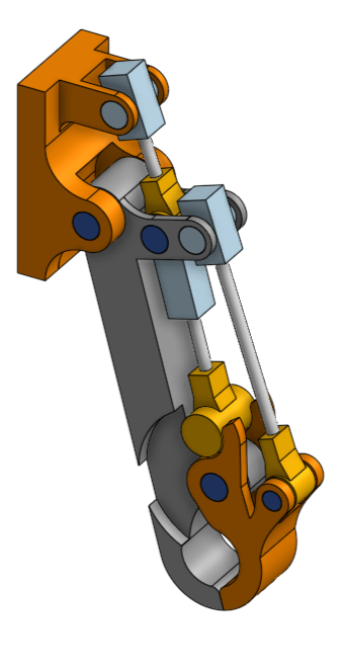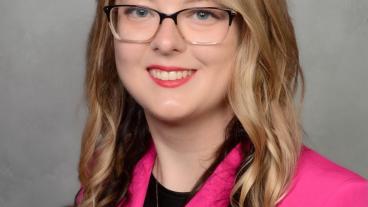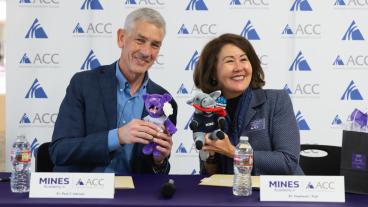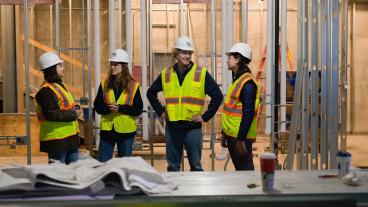Colorado School of Mines student team selected for NASA Human Lander Challenge
Capstone Design team is one of 12 student groups nationwide chosen to present to a panel of NASA and industry judges in June

A group of students from Colorado School of Mines has been selected by NASA to develop a solution for storing and transferring the super-cold liquid propellants needed for long-term space exploration.
A total of 12 student teams nationwide were chosen to participate in NASA’s 2025 Human Lander Challenge, which is designed to inspire and engage the next generation of engineers and scientists as NASA and its partners prepare to send astronauts to the Moon in advance of future missions to Mars. Finalist teams were each awarded $9,250 to further develop their concepts in preparation for the next stage of the competition in June, where the top three teams will share a total prize purse of $18,000.
The Mines team’s thermally insulative support for a propellant tank containing cryogenic fluid – created for the NASA competition and Capstone Design at Mines – tackles one of the key challenges in long-duration spaceflight: optimizing structural integrity while minimizing unnecessary heat transfer.
MAST – short for Modular Adaptive Support Technology – addresses this challenge through a dynamic attachment mechanism that adapts to the varying structural demands of each mission phase.
Unlike traditional static supports, which remain engaged throughout a mission regardless of need, MAST fully engages during high-load phases—such as launch and landing—before selectively disengaging in microgravity and low-load phases when fewer supports are required.
"The challenge had six different prompts, and we struggled with tackling every single one, which lead to a lot of scope creep, said team member Christian Sekavec, a mechanical engineering major. “Thankfully we buckled down, pivoted and came up with a new solution."
MAST reduces the number of conductive heat transfer locations between the spacecraft and its propellant tanks, limiting propellant boil-off and ensuring efficiency in deep space transport systems. By optimizing heat transfer management, the Mines system directly supports NASA’s Sustained Development goals by improving long-term resource efficiency and reusable lunar infrastructure.
"Even as a group of mechanical and electrical engineers we had to apply a diverse range of skills like systems engineering, communication, technical writing, and budget management," said Anthony Krebs, a mechanical engineering major and the team's chief financial officer.
Also on the team are Caleb Willman, Ashle Jantzen, Ny'asia Crosley, Makoa Shope, Adelaide Yu, Jay Kim and Chase Lampe.
The Mines team will now work to submit a technical paper further detailing its concepts. They will present their work to a panel of NASA and industry judges at the 2025 Human Lander Competition Forum in Huntsville, Alabama, near NASA’s Marshall Space Flight Center, in June.
NASA’s Human Lander Challenge is sponsored by NASA’s Human Landing System Program within the Exploration Systems Development Mission Directorate and managed by the National Institute of Aerospace.




